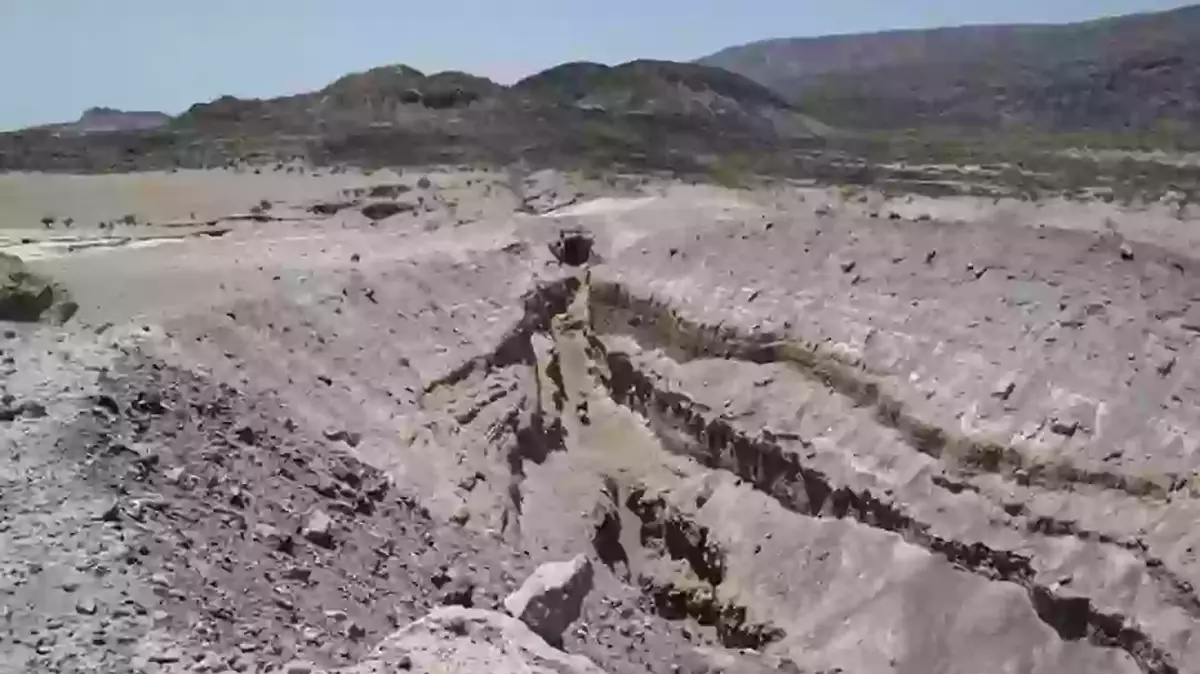By Ellie Kemp
A new study has provided a major update on why Africa is being split into two.
The rift has been happening gradually for around two decades when a 35-mile-long fissure was spotted in Ethiopia’s desert, known as the East African Rift, in 2005.
It marked the start of a long process in which the African plate is splitting into two tectonic plates – the Somali plate and the Nubian plate.
Scientists previously thought that the process would take tens of millions of years, but now with the continent dividing at a rate of half an inch per year, it’s believed it could split in one to five million years’ time.
And now, research led by Earth scientists at the University of Southampton, UK, has revealed exactly what could be prising apart the mighty African continent.
Turns out, rhythmic pulses of molten rock rising from deep within the Earth’s mantle are behind the rift.
Published in Nature Geoscience, the team’s work shows that beneath Ethiopia’s Afar region, a plume of hot mantle pulses upward ‘like a beating heart’, gradually undermining the crust and carving the beginnings of a new ocean basin.
“We found that the mantle beneath Afar is not uniform or stationary – it pulses, and these pulses carry distinct chemical signatures,” explained lead author Dr Emma Watts, who conducted the research at Southampton and is now based at Swansea University.
By collecting and analyzing more than 130 volcanic‐rock samples from across Afar and the broader Ethiopian Rift, the team spotted alternating bands of chemistry – known as ‘geological barcodes’ – that repeat along the rift system.
Those stripes record successive surges of partially molten mantle rock, each channeled upward through zones where the overlying plate is thinnest.
Co-author Professor Tom Gernon likens the process to blood flowing through arteries.
“In faster-spreading rifts like the Red Sea arm, the pulses travel more efficiently and regularly, very much like a pulse through a narrow artery,” he said.
Where the plate is thicker or pulling apart more slowly, the mantle surges are broader and less frequent.
Over millions of years, this focused upwelling steadily stretches, thins and ultimately ruptures the lithosphere – marking the birth of a new ocean.
Crucially, the study shows that the dynamics of deep‐Earth upwellings are intimately tied to plate motions above.
“We have found that the evolution of deep mantle upwellings is bound up with the motion of the plates,” said Dr Derek Keir, Associate Professor at Southampton and the University of Florence.
“That has profound implications for how we interpret surface volcanism, earthquake activity, and the continental breakup process itself.”
The study drew on expertise from ten institutions – including Swansea and Lancaster Universities, GEOMAR in Germany, the Dublin Institute for Advanced Studies, Addis Ababa University and the GFZ German Research Centre for Geosciences.
By combining field sampling, geochemical fingerprinting, seismic imaging and advanced statistical modelling, the team has not only mapped the structure of this asymmetric, barcoded plume but also revealed how it responds to the pull of tectonic plates.
Dr Watts emphasizes that without ‘a multidisciplinary approach’, the full picture remains out of reach.
She said: “Putting together diverse techniques is like assembling a puzzle – you need all the pieces to see how deep‐mantle processes drive recent volcanism at Earth’s surface.”
Next steps include quantifying the timing and speed of each mantle pulse and investigating whether similar ‘heartbeat’ plumes are at work beneath other rift zones worldwide.
